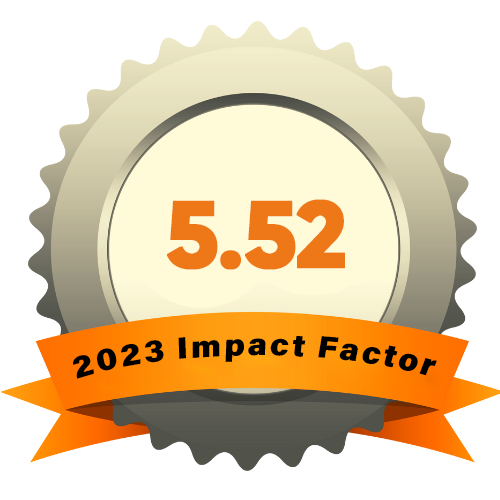STUDY OF THE FUNDAMENTAL LIMITS OF INFORMATSION TRANSMISSION AND PROCESSING,INCLUDING CONCEPTS SUCH AS ENTROPY,MUTUAL INFORMATION AND CHANNEL CAPACITY
Abstract
In these series of multi-part papers, a systematic study of fundamental limits of communications in interference networks is established. Here, interference network is referred to as a general single-hop communication scenario with arbitrary number of transmitters and receivers, and also arbitrary distribution of messages among transmitters and receivers. It is shown that the information flow in such networks follows similar derivations from many aspects. This systematic study is launched by considering the basic building blocks in Part I. The Multiple Access Channel (MAC), the Broadcast Channel (BC), the Classical Interference Channel (CIC) and the Cognitive Radio Channel (CRC) are proposed as the main building blocks for all interference networks. First, a brief review of existing results regarding these basic structures is presented. New observations are also presented in this regard. Specifically, it is shown that the well-known strong interference conditions for the two-user CIC do not change if the inputs are dependent. Next, new capacity outer bounds are established for the basic structures with two receivers. These outer bounds are all derived based on a unified framework. By using the derived outer bounds, some new capacity results are proved for the CIC and the CRC; a mixed interference regime is identified for the two-user CIC where the sum-rate capacity is established.
References
C. E. Shannon, “A mathematical theory of communication,” Bell Syst Tech. J, vol. 27, no. 3, pp. 379–423, 1948.
E. C. van der Meulen, “Three-terminal communication channels,” Adv. Appl. Probab., vol. 3, pp. 120–154, 1971.
T. M. Cover and J. A. Thomas, Elements of Information Theory. 2nd ed, New York: Wiley, 2006.
T. M. Cover, “Broadcast channels,” IEEE Trans. Inf. Theory, vol. IT-18, no. 1, pp. 2–14, Jan. 1972.
P. P. Bergmans, “Random coding theorem for broadcast channels with degraded components,” IEEE Trans. Inf. Theory, vol. 19, no. 2, pp. 197–207, 1973.
R. G. Gallager, “Capacity and coding for degraded broadcast channels,” Probl. Inf. Transm., vol. 10, no. 3, pp. 3–14, 1974.
R. Khosravi-Farsani and F. Marvasti, “Interference networks with general message sets: A random coding scheme” [Online] available at:
http://arxiv.org/abs/1107.1839.
“Interference networks with general message sets: A random coding scheme”, 2011, 49th Annual Allerton Conference on Communication, Control,
and Computing., Monticello, IL, Sep. 2011.
S. I. Gel’fand and M. S. Pinsker, “Coding for channel with random parameters,” Probl. Contr. Inf. Theory, vol. 9, no. 1, pp. 19–31, 1980.
M. Costa, “Writing on dirty paper,” IEEE Transactions on Information Theory, vol. 29, no. 3, pp. 439-441, May 1983.
H. Weingarten, Y. Steinberg, and S. Shamai (Shitz), “The capacity region of the Gaussian multiple-input multiple-output broadcast channel,” IEEE Trans. Inf.
Theory, vol. 52, no. 9, pp. 3936–3964, Sep. 2006.
A. B. Carleial, “Interference channels,” IEEE Trans. Inf. Theory, vol. IT-24, no. 1, pp. 60–70, Jan. 1978.












